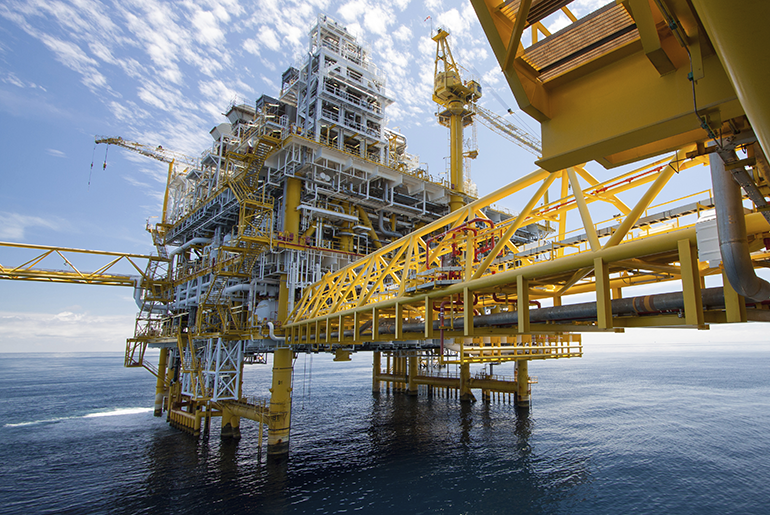
Offshore innovation may get easier – and less expensive – with a new online database launched by the Ocean Energy Safety Institute (OESI), through its partnership with the University of Houston. The Ocean Energy Technology Portal (OETP) allows companies to search proven technologies developed by federal agencies and other organizations that could address some of their own research problems.
The database currently includes about 100,000 projects, including research by NASA, the Bureau of Safety and Environmental Enforcement (BSEE), the National Energy Technology Labs and the European Space Agency. “Several other international organizations have expressed interest, and more partners will be added,” said Paul Robinson, program manager for OESI, who has directed the project.
“The portal is a great example of how we are bringing together the many stakeholders in offshore oil and gas to further enable safer and environmentally responsible ocean energy operations,” said Jim Pettigrew, OESI director of operations. “This project goes directly to our primary focus of creating opportunities for dialogue and developing collaborative research efforts.”
OESI was established by BSEE in November 2013 to provide both industry and federal regulators reliable information about safety issues in offshore drilling. Three Texas universities – the University of Houston, Texas A&M University and The University of Texas at Austin – are partners in the institute, which is managed by the Texas A&M Engineering Experiment Station’s Mary Kay O’Connor Process Safety Center.
A federal advisory group comprised of representatives from industry, federal agencies, non-governmental organizations and the academic community recommended forming the institute after the 2010 Deepwater Horizon oil spill. It does not have regulatory authority, but is charged with providing unbiased independent and science-based information.
“BSEE asked us to review the state of research involving deepwater oil and gas,” Robinson said. “I found that most companies were working independently with little interaction or input from other industries. There was obvious financial resource waste and limited collaboration,” he said.
The portal was proposed to allow people to better coordinate, making publicly funded research more readily available. Robinson said private companies can offer their own research catalogues – either complete technologies or just the abstract. Many of the technologies included in the OETP include contact information for people who want to learn more.
“Now, with low oil prices forcing producers to cut their capital and research budgets, is the perfect time for the project, allowing them to keep up with technology without starting every project from scratch,” Robinson said. “They know they have to keep advancing, or they’ll be behind when the market comes back.”
For additional information about the Ocean Energy Safety Institute, visit oesi.tamu.edu.
